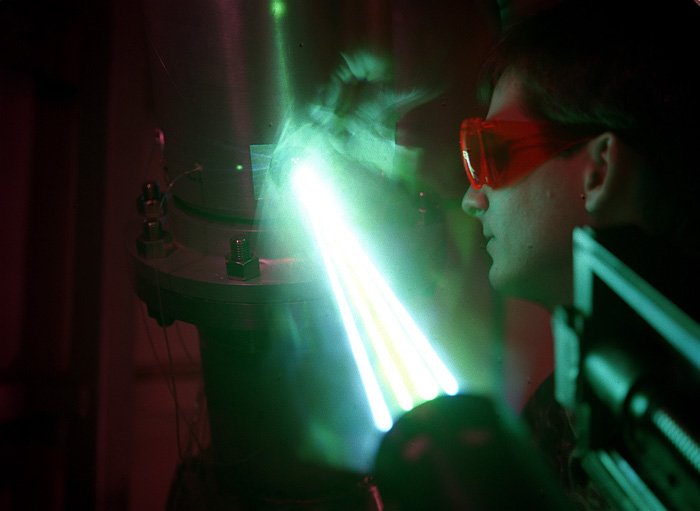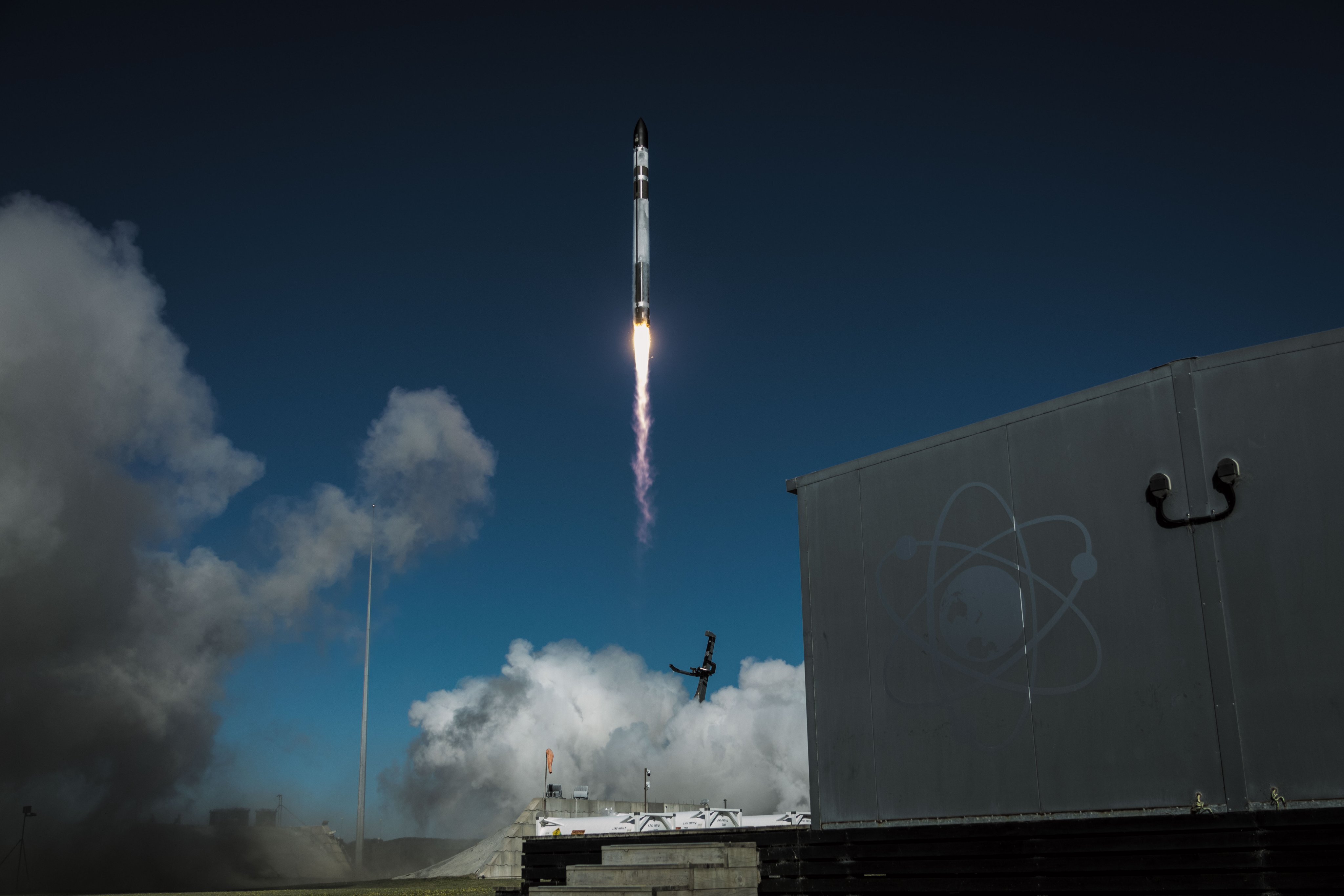Space History Photo: Cold-Flow Propulsion Research Test

In this historical photo from the U.S. space agency, an engineer at the Marshall Space Flight Center (MSFC) Wind Tunnel Facility uses lasers to measure the velocity and gradient distortion across an eight inch curved pipe with joints and turning valves during a cold-flow propulsion research test in December of 1997; simulating the conditions found in the X-33's hydrogen feedline.
Lasers are used because they are non-intrusive and do not disturb the flow like a probe would. The feedline supplies propellants to the turbo pump. The purpose of this project was to design the feedline to provide uniform flow into the turbo pump.
Each weekday, SPACE.com looks back at the history of spaceflight through photos (archive).
Breaking space news, the latest updates on rocket launches, skywatching events and more!

The National Aeronautics and Space Administration (NASA) is the U.S. government agency in charge of the civilian space program as well as aeronautics and aerospace research. Founded in 1958, NASA is a civilian space agency aimed at exploring the universe with space telescopes, satellites, robotic spacecraft, astronauts and more. The space agency has 10 major centers based across the U.S. and launches robotic and crewed missions from the Kennedy Space Center in Cape Canaveral Florida. Its astronaut corps is based at the Johnson Space Center in Houston. To follow NASA's latest mission, follow the space agency on Twitter or any other social channel, visit: nasa.gov.
